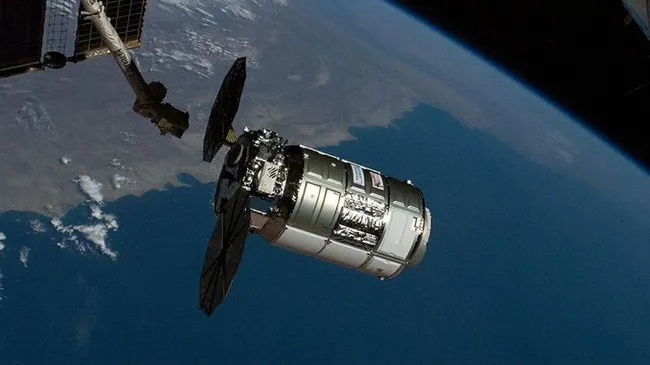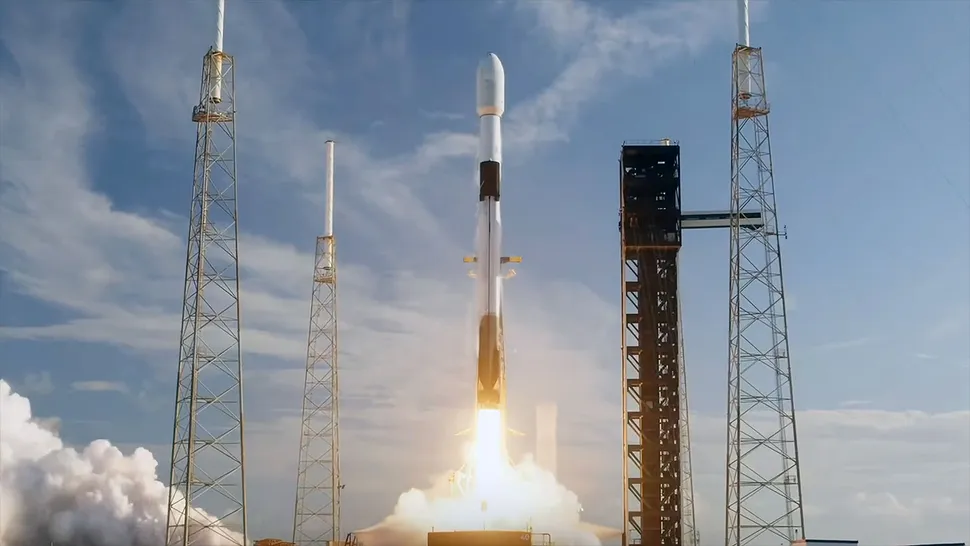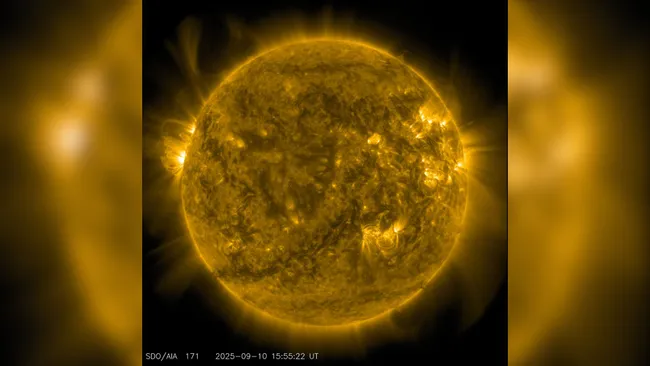SpaceX launches Cygnus XL NG-23 in a landmark mission for NASA and Northrop Grumman, marking the first flight of the larger and more capable Cygnus cargo ship. The launch occurred at 6:11 p.m. EDT (2211 GMT) on Sunday, Sept. 14, from Florida’s Cape Canaveral Space Force Station, atop a Falcon 9 rocket. This milestone mission is the 23rd cargo delivery Northrop Grumman has flown for NASA to the International Space Station (ISS) and is the first time Cygnus has flown aboard a SpaceX rocket.
NG-23 is historically significant because it debuts the “Cygnus XL,” an upgraded version of the veteran freighter with expanded capacity. The spacecraft is carrying a record-breaking 11,000 pounds (4,990 kilograms) of supplies, equipment, and scientific experiments to support astronauts aboard the ISS. This represents a major leap forward compared to the previous version of Cygnus, which typically transported about 8,500 pounds.
Key Payloads and Scientific Research
Among the most intriguing items aboard NG-23 are materials for producing semiconductor crystals in microgravity, which may lead to breakthroughs in advanced electronics on Earth. NASA also highlighted equipment designed to improve cryogenic fuel tank technology, potentially enhancing the long-term storage of liquid fuels for deep-space missions. Another major component of the cargo is a specialized ultraviolet light system aimed at preventing microbial growth in the station’s water systems — a key step toward maintaining astronaut health during long-duration spaceflights.
The spacecraft also carries pharmaceutical research payloads designed to grow crystals of potential cancer-treating compounds. Performing these experiments in space allows scientists to create larger and purer crystals than on Earth, which may accelerate drug development for serious diseases.
The Journey to the ISS
The Cygnus XL spacecraft, named S.S. William “Willie” McCool in honor of the NASA astronaut who lost his life in the 2003 Space Shuttle Columbia tragedy, successfully separated from the Falcon 9’s upper stage shortly after launch. It is expected to arrive at the ISS on Wednesday, Sept. 17, at approximately 6:35 a.m. EDT (1035 GMT). Rather than docking autonomously, the freighter will be captured by the station’s Canadarm2 robotic arm, operated by astronauts aboard the ISS.
NASA will livestream the capture operation starting at 5 a.m. EDT, giving space enthusiasts worldwide the chance to watch the action unfold in real time.
Significance of Cygnus XL
The debut of Cygnus XL marks a major milestone for Northrop Grumman’s cargo program. By expanding its capacity to 11,000 pounds, Cygnus can now deliver more critical hardware, food, and experiments per mission, reducing the number of resupply flights needed over the course of a year. This efficiency is crucial as NASA prepares for the upcoming Artemis missions to the Moon and potential future missions to Mars, where sustainable logistics will play a key role.
The collaboration between SpaceX and Northrop Grumman is also notable. Traditionally, Cygnus flights launched atop Northrop’s Antares rocket, but NG-22 was delayed and eventually canceled due to damage during transport. Partnering with SpaceX ensures the continuation of the program while Antares undergoes upgrades for future flights.

International and Industry Reactions
NASA officials praised the successful launch, noting that NG-23 demonstrates the flexibility and resilience of the Commercial Resupply Services (CRS) program. By allowing multiple commercial providers to deliver cargo to the ISS, NASA can mitigate risks associated with launch delays or hardware issues.
Space enthusiasts and industry analysts are also celebrating the milestone, calling it a “new era” of collaboration between major aerospace companies. The combination of SpaceX’s proven Falcon 9 launch system and Northrop Grumman’s reliable Cygnus spacecraft creates a robust solution for ISS resupply missions.
Internationally, space agencies in Europe, Japan, and Canada welcomed the success of NG-23, as many of their experiments are aboard this mission. ESA (European Space Agency) highlighted that several biological and material science investigations funded by European researchers are included in the payload. JAXA (Japan Aerospace Exploration Agency) stated that some of the semiconductor crystal growth experiments could benefit Japan’s electronics industry.
Source: Space.com


